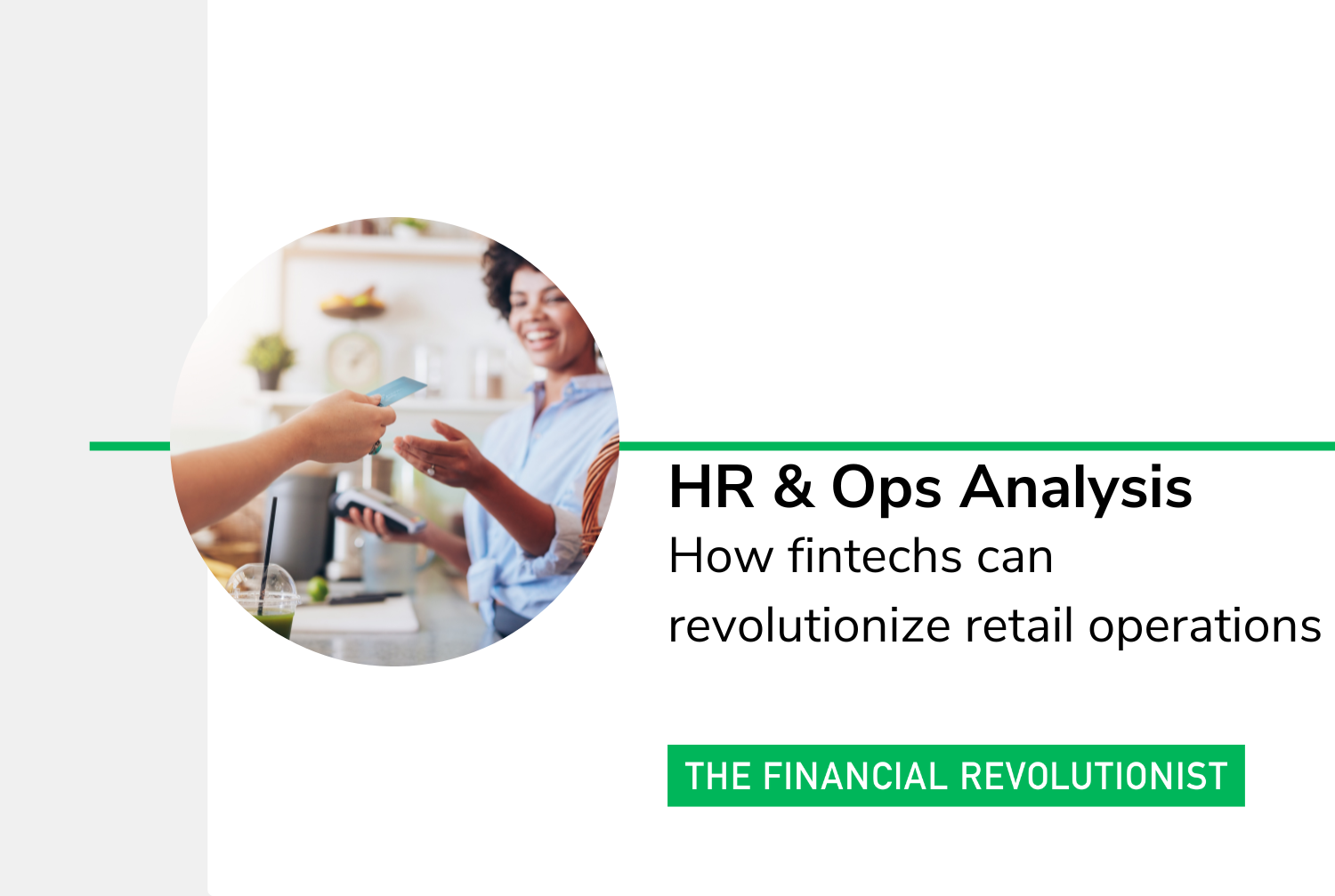How fintechs can revolutionize retail operations
/Though it channels innovative potential—reacting quickly to, and even shaping, consumer tastes—the retail sector’s operational culture remains largely unchanged from what it was decades ago. Checks and reams of paperwork can still govern back-office operations, hindering revenue-projection capabilities and other crucial business strategies. What products and solutions can fintechs offer to revolutionize retail?
Point of Sale
The most visible change is in-store at checkout. Updating POS systems to more modern outfits like those offered by Square and Toast aren’t just an opportunity to digitize payments, accept mobile wallets, or expand digital footprints. These machines also digitize transaction records, allowing back-office services (like Pilot) to plug into a retailer’s operations through APIs. These fintechs can automate accounting and revenue projections, letting retailers keep track of their compliance requirements as well as prepare for growth or pivots.
“There's this macro trend that’s pushing more and more of these businesses increasingly online and increasingly digitized,” Pilot CEO Waseem Daher told The Financial Revolutionist. “That allows us to serve a greater and greater slice of the world over time.”
Supply-chain financing
Customers felt pandemic-related supply-chain issues through both their wallets as well as through symbols—empty shelves, overburdened ports, skyrocketing prices. In part, this is the product of old-school banking and financing operations that affect global trade, including retail operations.
“Letters of credit, which are the solution offered by banks, are super costly and complicated; and if you fast forward to today, this industry has not changed,” said Eyal Moldovan, CEO and Co-Founder of 40Seas. “It’s super complicated today to work with foreign exporters and get payment terms.”
When retailers and their suppliers agree to transact through modern supply-chain financing solutions, both sides can optimize their cash flow, which helps reduce unit and shipping costs: efficiencies that can translate into savings for the consumer in the medium term.
Unified commerce
The GoCardless 2021 U.S. Payment Trends Study suggests that consumers are fairly fickle. Eighty-five percent of consumers said they exit from a checkout process if it takes too long—whether because the checkout requires a unique account, includes esoteric authentication processes, or some other variable. Multinational payments companies like Worldline suggest that, when retailers share consumer data with each other, retailers can optimize their operations and mitigate leakages during the checkout process.
However, unified commerce can be a double-edged sword. Retailers’ brands depend on consumer trust, and the incorrect storage and use of payment data can rupture that relationship. Security, privacy, and convenience are three core variables that retailers have to solve for in their checkout process—and in that order.






